 |  |  |
|
| ||
 |  |  |
 |  |  |
|
| ||
 |  |  |
|
|
|
The Railroad By the Millburn Centennial Committee
Originally appeared in 1957 |
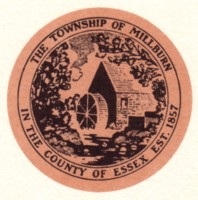 |
|
|
|
The date 1835 marks the end of another era for the little mill
town. Millburn became a place on the railroad mostly through the
energy and financial backing of Israel D. Condit, one of the five
incorporators. The tracks went where the money was, and the
choice of a route was dependent on how much stock people along
the proposed rights of way would buy. The citizens of Orange were
more generous than those of Union apparently, so the route went
that way, and Mr. Condit was able to insure its passing through
his home town.
The first trains were horsedrawn to Orange, but Seth Boyden eventually so perfected his wood-burning locomotive, that it was able to make the trip over the mountains to Summit and finally to Morristown. Even then it was sometimes necessary at Millburn to call out Roger Marshall and his horses to assist the engine and its twenty-foot car up the grade to Summit where oxen would take over for another haul. The commuter was a hardy fellow who endured rain-soaked cushions; the obligation of sometimes having to get out and push in icy weather, or to put out fires along the right of way; and the real and constant menace of the thin, flat strips of iron breaking away from the wooden rails to which they were spiked and piercing the bottom of the car and, perhaps, his own anatomy. Some commuters preferred to stand. His luggage was stored in a box underneath the car, and he never knew when his train would be stopped in order to avoid hitting a cow or pig. "The engineer had no cab and could not see ahead, so depended on his lookout man seated high in the front of the passenger coach to call out the coming dangers. However, the journey from Millburn to Newark did not take much more than one hour; the fare was but four shillings, six pence; one could board or ahght anywhere, and the scenery was described as "grand and beautiful." Millburn narrowly escaped having two railroads running through it, and becoming a busy railroad center. The New Jersey West Line Railroad purchased considerable right of way and laid out road beds, trestles, and embankments, traces of which may still be found. The railroad entered town from Maplewood, south of Millburn Avenue, and then ran through part of South Mountain Estates to a point between Wyoming Avenue and South Mountain Road. It then turned north across the tracks of the Lackawanna Railroad and into the reservation, where it again turned in a long south-westerly curve. It crossed Old Short Hills Road near Glen Avenue, skirted Nottingham Road, Barberry Lane, and Knollwood Road; then ran westerly to Hobart Avenue and across the County line at Morris Turnpike to Summit. The railroad was sold to the Passaic and Delaware Railroad in 1878, and was eventually absorbed by the Delaware, Lackawanna and Western Railroad, and the line between Newark and Summit was abandoned. The right of way was sold to the public in 1901. With the coming of the railroad the homogenity of the population changed. The first waves of immigration were reaching New York. Lured by the promise of work on the railroads and in the mills, sturdy immigrants from all over Europe made their homes in the community, and soon, as new citizens, added their energy as well as their different social and religious customs to the growing community. |
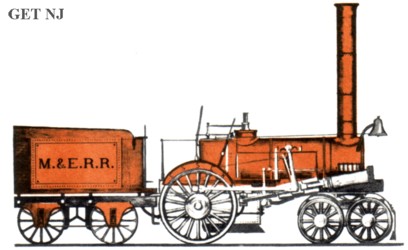
|
|
|
|
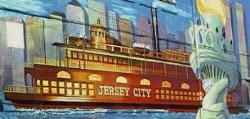 Your Ancestors' Story |
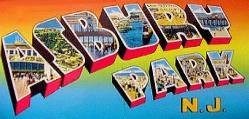 Bruce Springsteen's Jersey Shore Rock Haven! |
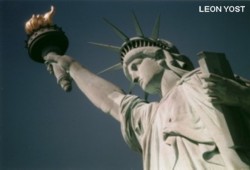
|
UrbanTimes.com |